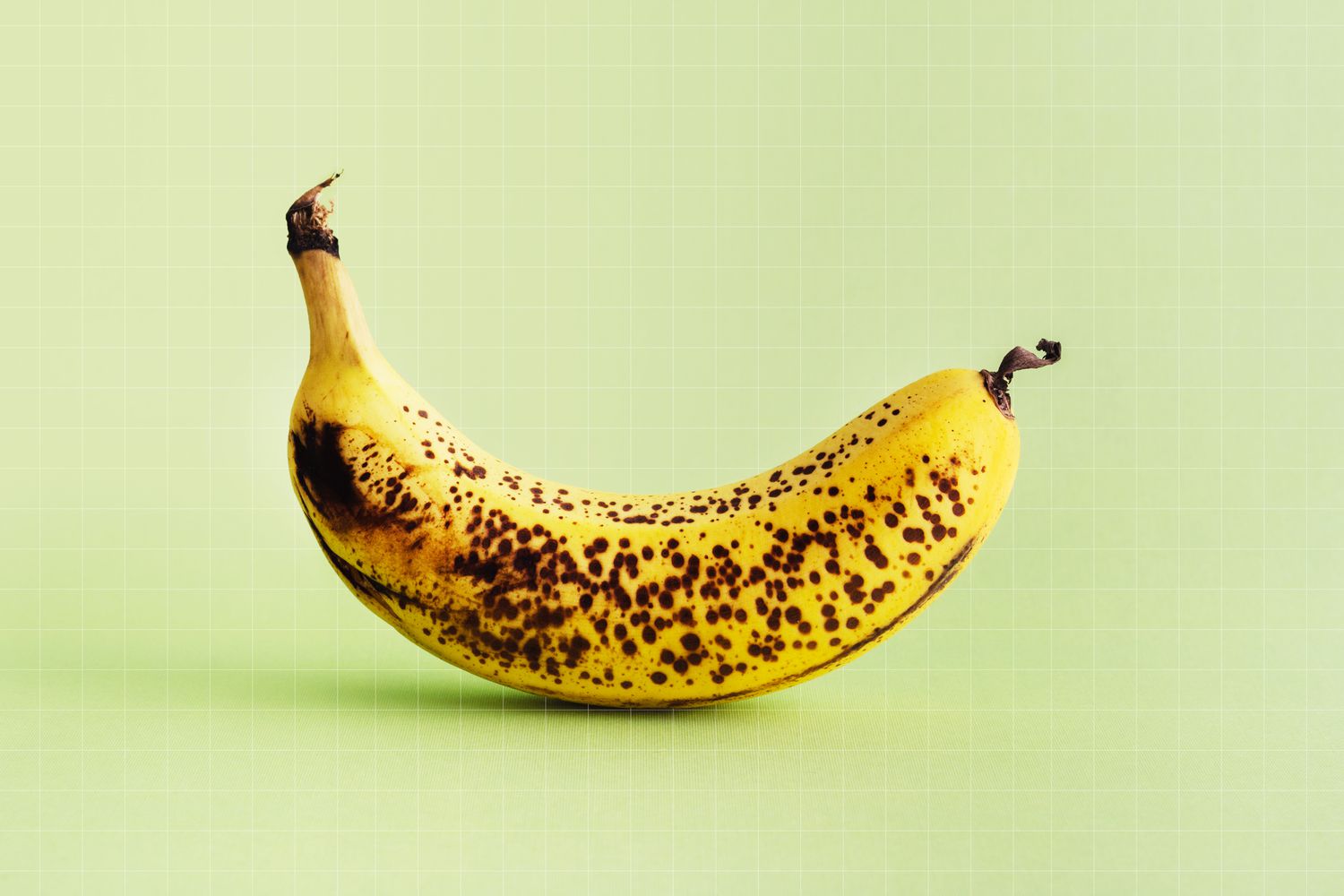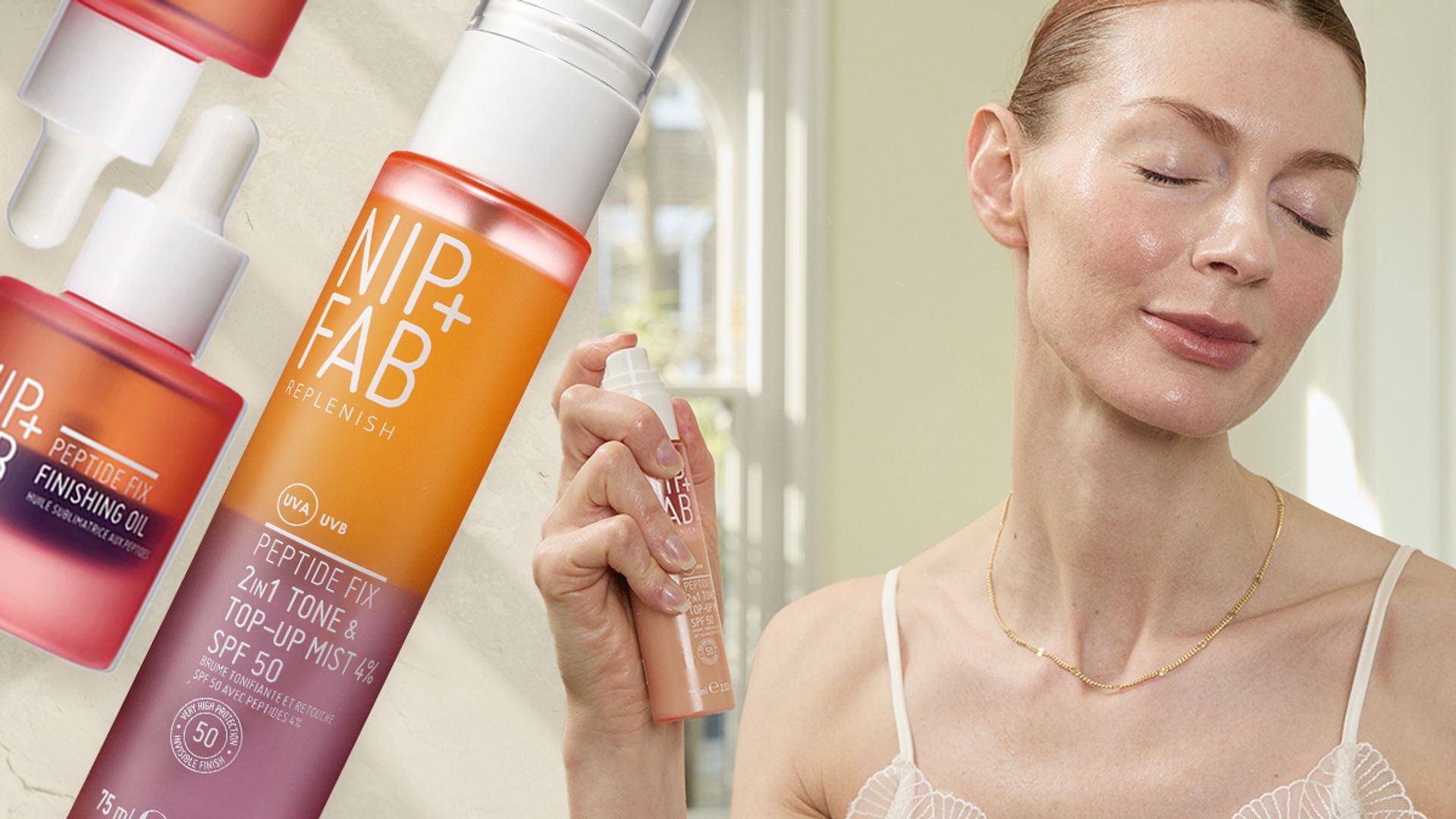
Everything I Thought I Knew About Ripening Bananas Was a Lie
Key Takeaways
- The most popular banana-ripening hack doesn’t actually work.
- Bananas are triggered to ripen during distribution, in large temperature-controlled rooms.
- Temperature can speed up or slow down the ripening process.
Growing up, my mom’s go-to method for speeding up the process was to stash the fruit in a brown paper bag and leave it on the counter for a few days. My mom is not alone in using this trick. A quick Google search yields plenty of articles touting it as the best option for ripening fruit.
The theory behind this method is that the bag traps and concentrates the ethylene, the naturally-produced gas that helps plants grow and mature, changing in their texture, color and flavor. In the case of those bananas, it helps them turn from a starchy fruit into creamy, sweet perfection.
So you can imagine my surprise when I found out that the most popular banana-ripening hack is actually pretty ineffective. Eager to understand the secrets to perfectly-ripening bananas, we spoke with Randy Beaudry, Ph.D, a postharvest physiologist who researches plant biochemistry at Michigan State University. Beaudry helped us unpeel the process behind banana ripening.
Understanding the Ripening Process
So how does ripening start in the first place? Bananas are shipped to large distribution centers where they‘re stored until it’s time to be sent off to stores. Beaudry explains that distributors often have ripening rooms, where bananas are intentionally exposed to ethylene to begin the ripening process. “They trigger them to ripen over a single day at a specific temperature, and then they maintain them at a specific temperature,” he says.” By the time [the banana] reaches the retail store, it’s going to ripen, no matter what you do to it.”
Now that we’ve established how ripening begins, let’s look closer at the paper bag trick, and why it’s not effective—or at least not how you think it is. Most people think that bananas are a high producer of ethylene. So the theory is that if you enclose them in a paper bag, the ethylene will be more concentrated. But according to Beaudry, bananas naturally produce so little ethylene that putting it in the bag doesn’t really do much. “It’s absolutely untrue. They’re a low producer of ethylene…it’s almost meaningless.”
What does speed up banana ripening, though? “The only thing that would speed ripening up would be enclosing it in an environment where the temperature goes up,” he says. So if you put it in a warm spot—maybe even in a paper bag to trap the heat—that will ripen bananas faster.
What About Covering the Banana Crown?
You might have also been told that the crown of the banana is where the most ethylene is produced, leading some people to wrap the crown in plastic wrap or purchase specially made caps to encourage bananas to ripen faster. Beaudry debunks this idea entirely: “No, no, it’s baloney.” This myth most likely started as a marketing tactic for those aforementioned caps.
How to Keep Ripe Bananas From Ripening Further
Once your bananas are ripe, you can pop them in your refrigerator. While the fruit under the peel will taste great, they may look a bit funky on the outside. Beaudry explains that when bananas are refrigerated, their peels will lose moisture. “You’ll see like a graying of the outside…but the fruit on the inside should be just fine,” he says.
Once you take the bananas out of the fridge, be prepared to enjoy them immediately. The cold temperature of the fridge essentially slows the metabolism, so switching things back to room temperature means your bananas will overripen quickly.
The Bottom Line
So there you have it. Banana ripening rooms do the bulk of the work, triggering the process before they even reach the store. And as surprising as it may be, the oldest banana-ripening trick in the book is a sham, unless you’re adding heat to your paper bag. Temperature works both ways, with cooler temperatures slowing the ripening process and keeping ripe fruit in good condition on the inside, and your cool porch will be your bananas’ new best friend. And if all else fails, you can always make banana bread.










